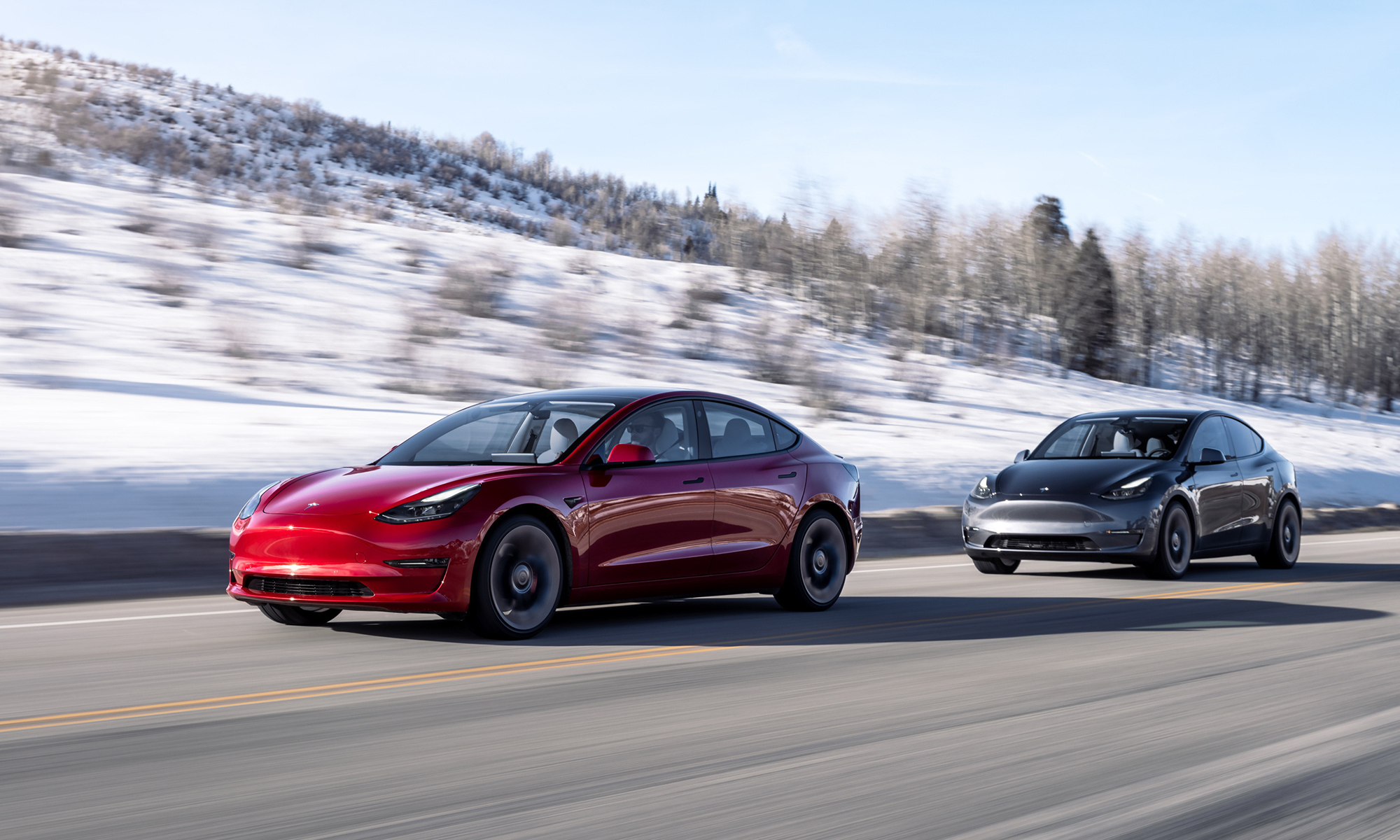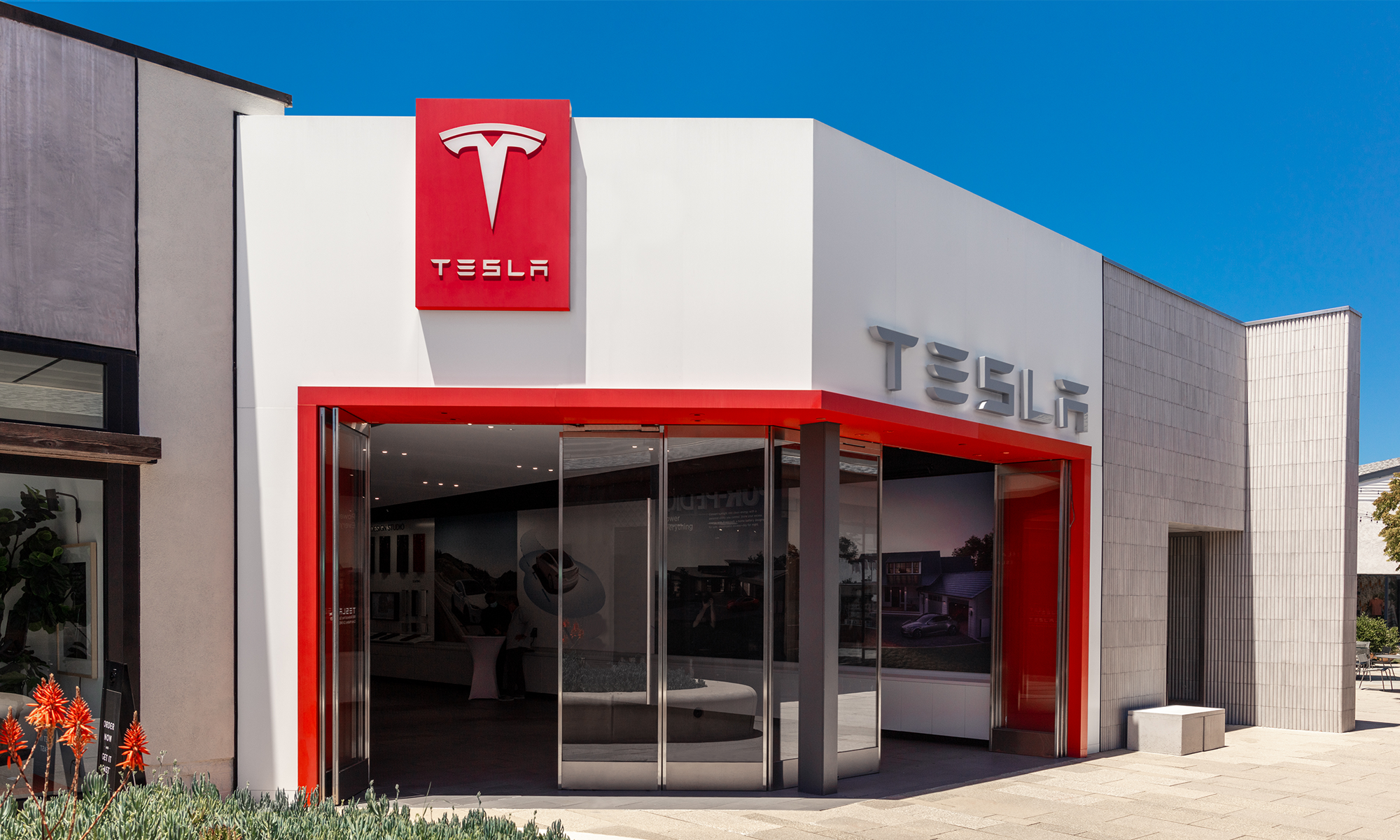Cathie Wood, CEO of Ark Invest, is going all-in on robotaxis. "In our view, 2025 is shaping up to be the year of the robotaxi," a report from her firm recently predicted. "Our research suggests ... safety has improved ~3x since mid-2024 and is approaching the U.S. human accident rate ..."
The massive improvement in safety isn't a coincidence. The autonomous driving industry has aggressively adopted AI technologies, and these heavy investments are clearly paying off. There's one company that should be a clear winner as a result. It's a company that most investors might not think of as an AI business, but by the end of this decade, Wood predicts it will be one of the largest AI companies on the planet.

NASDAQ: TSLA
Key Data Points
AI could make this a $2 trillion business by 2026
Wood isn't alone in her bullishness for AI and robotaxis. Dan Ives, an analyst at Wedbush Securities, thinks the combined AI and robotaxi opportunity could create a $2 trillion opportunity by the end of 2026. "We believe the AI Revolution is now heading into its next stage of growth as the tidal wave of Big Tech capex [capital expenditure] spending coupled by enterprise use cases now exploding across verticals is creating a number of AI winners in the tech world," Ives said this week.
One of Ives' top picks just happens to be one of Wood's top portfolio holdings: Tesla (TSLA +0.09%).
"We believe Tesla is taking major steps in advancing its AI Revolution path with autonomous and robotics front and center heading into 2026 that will be a game changer and define Tesla's future," Ives said.
Tesla will have many advantages in the robotaxi market, a market that Wood believes could ultimately be worth $10 trillion globally. One of the biggest is that it can produce its own vehicles, while nearly every other would-be competitor will have to source their vehicles from third parties. This creates structural friction when it comes to scaling and data collection.
Alphabet's self-driving car subsidiary Waymo, for example, plans to add 2,000 vehicles to its robotaxi fleet next year, roughly doubling its size. Tesla, on the other hand, can produce more than 5,000 vehicles daily.
Tesla is in the driver's seat when it comes to robotaxis
When it comes to vertically integrated manufacturing and sheer scaling ability, Tesla is in the driver's seat for capturing market share in the robotaxi space. Importantly, however, the robotaxi opportunity is just taking off. It could take years, or even decades, for Wood's $10 trillion prediction to come true, if it does. Wood, Ives, and even Tesla CEO Elon Musk have long been known for making overly optimistic predictions. But their optimism is usually related to timelines, not necessarily the feasibility of their predictions.
Still, Tesla faces a difficult year ahead. I've written about how demand for electric vehicles could fall off a cliff in 2026. EV producers like Tesla, meanwhile, won't be receiving federal subsidies that formerly totaled in the billions of dollars, nor will their customers be receiving federal tax credits anymore.
But the robotaxi opportunity is large, and investors willing to look past challenging near-term conditions have an opportunity to invest in arguably the best robotaxi stock on the market today.





